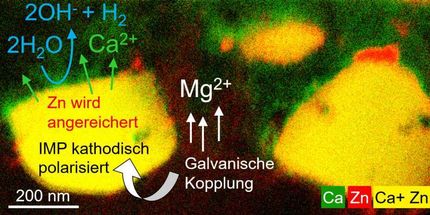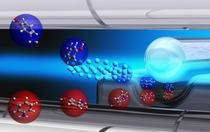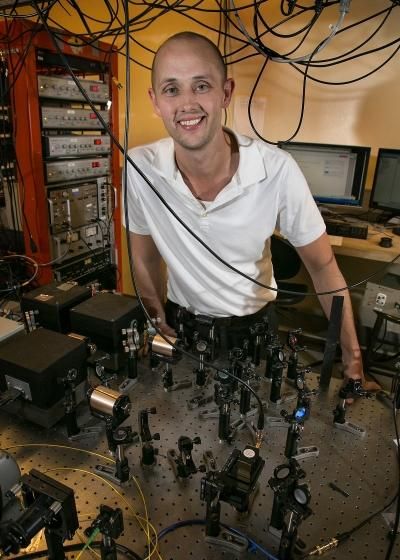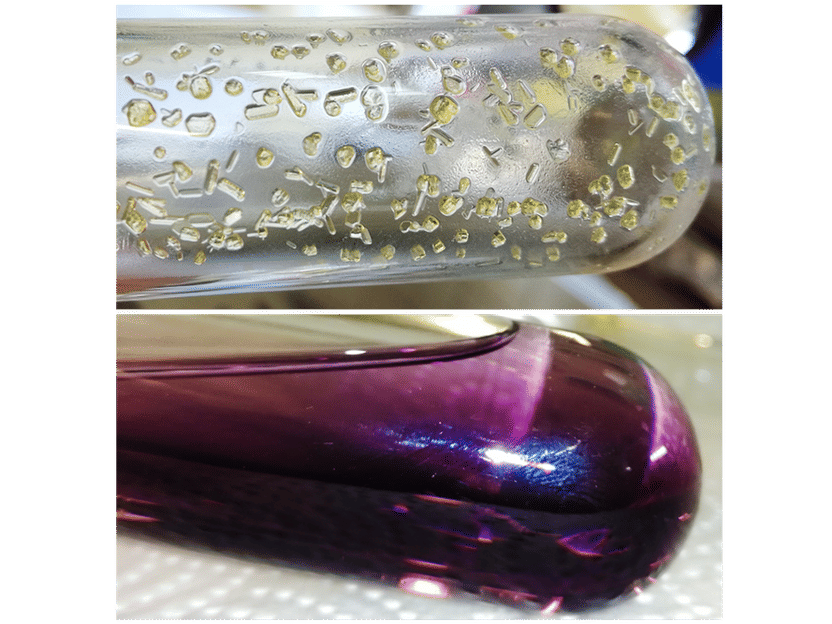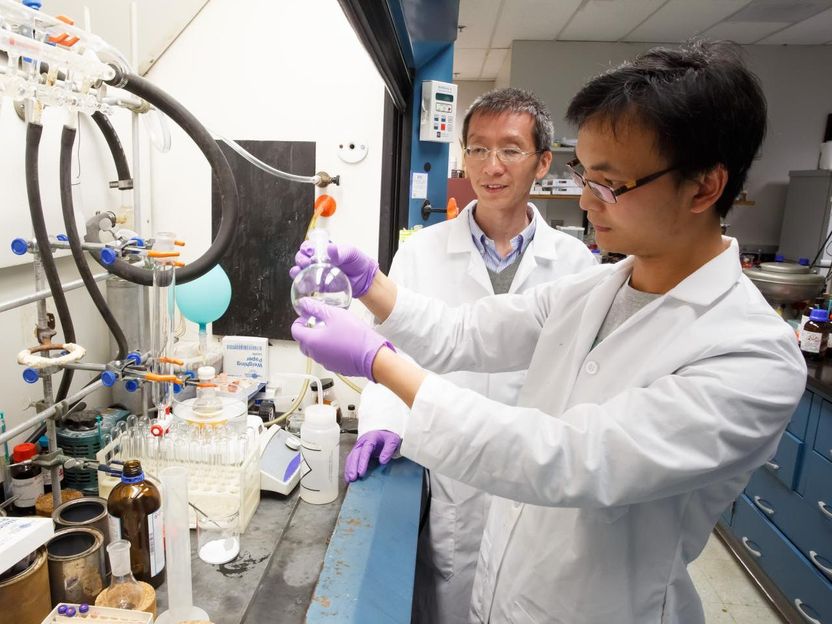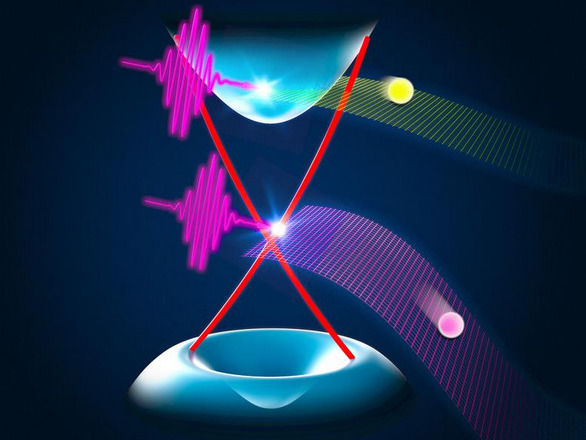Geoscientists unearth mineral-making secrets potentially useful for new technologies
Virginia Tech researchers take lessons from nature that may be useful for manufacturing new materials
sugars are widely known as important sources of energy for all organisms.
Now, Virginia Tech researchers have discovered that certain types of sugars, known as polysaccharides, may also control the timing and placement of minerals that animals use to produce hard structures such as shells and exoskeletons of mollusks, lobsters, and shrimp.
Writing in the Proceedings of the National Academy of Sciences, Anthony Giuffre, a graduate student in the Department of Geosciences, and his research advisor, Patricia Dove, a University Distinguished Professor in the College of Science , propose a theory of how charged and uncharged sugars can be used to create shells and skeletons.
"Nature had 500 million years to become an amazing materials chemist," said Dove, the C.P. Miles Professor of Geosciences. "Here we are working in the most recent seconds of geologic time to harness those abilities. We can put that knowledge to work for new environmental, medical, and materials-based technologies, such as the developing new synthetic materials for bone repairs or tissue implants."
Proteins have gotten most of the attention in studies of how organic materials control the initial step of making the first tiny crystals that organisms use to build structures that help them move and protect themselves. This process of mineral nucleation is similar to how a pearl or a raindrop forms around a single speck, or nucleus.
"The old picture of divisions between the roles of proteins and polysaccharides melt away when one realizes the underlying chemical controls," Dove said. "In our efforts to establish a physical basis for how macromolecule chemistry controls biomineral nucleation, we are slowly deciphering nature's playbook of how to make these elaborate mineral structures in the laboratory."
The researchers discovered that organic molecules affect mineral formation as a continuum of energetic interactions governed by acidic and neutral chemical domains, the researchers said.
"Each type of polysaccharide is slightly different and provides a substrate that can tune the energy barrier for the calcium and carbonate ions to nucleate and begin building a bone or a shell," Giuffre said. "The same process is important in the life cycles of many different freshwater and marine organisms, including the microscopic plankton that support the food chain. Also, today's ocean has the correct recipe for the formation of biominerals, but we know the ocean's chemistry is changing. By learning the mechanisms of biomineralization, we can predict how organisms will respond to these changes."
The work, supported by the U.S. Department of Energy and the National Science Foundation, is a great example of the value of pursuing fundamental science research, Dove said. If researchers tie patterns of skeletal formation to specific types of molecules, it may also be possible to understand if and why organisms have changed in the fossil record.
In the meantime, the study reveals intricacies of a mineral-making process that is uniquely complex, but achievable by the simplest of organisms.
"People have always wondered, 'How does a biomineral start, and where does a biomineral actually form?'" said Clara Chan, an assistant professor of geological sciences at the University of Delaware College of Earth, Ocean, and Environment, who was not involved in the study. "Microorganisms need to collect the building blocks, then, they need a place to build the biomineral. This research says the biomineral is likely to form on a near neutral polysaccharide, which is like a gel. It makes sense that this would happen where the energy of the mineral, polysaccharide, and water is minimized — this is a sophisticated system that goes far beyond gathering raw material and dumping it into a mineral. It is mind-boggling what these single-celled, basic microorganisms can do."
Other news from the department science
Most read news
More news from our other portals
See the theme worlds for related content
Topic world Synthesis
Chemical synthesis is at the heart of modern chemistry and enables the targeted production of molecules with specific properties. By combining starting materials in defined reaction conditions, chemists can create a wide range of compounds, from simple molecules to complex active ingredients.

Topic world Synthesis
Chemical synthesis is at the heart of modern chemistry and enables the targeted production of molecules with specific properties. By combining starting materials in defined reaction conditions, chemists can create a wide range of compounds, from simple molecules to complex active ingredients.
